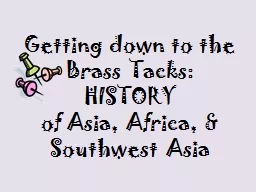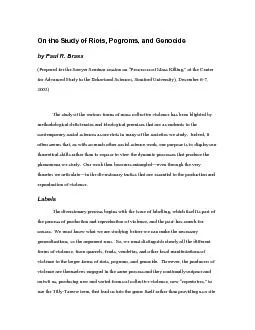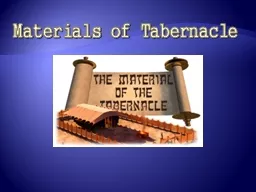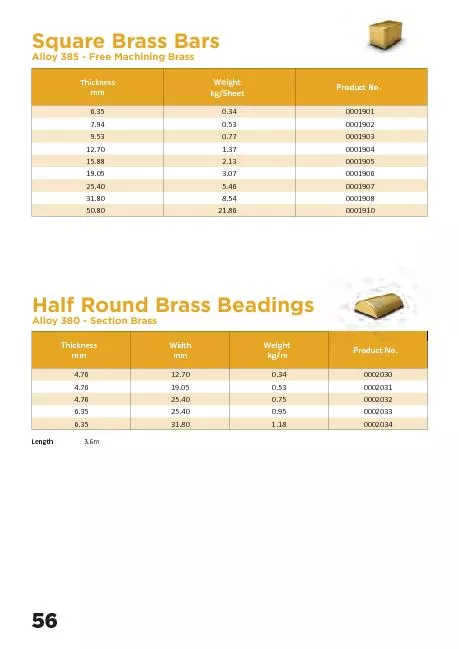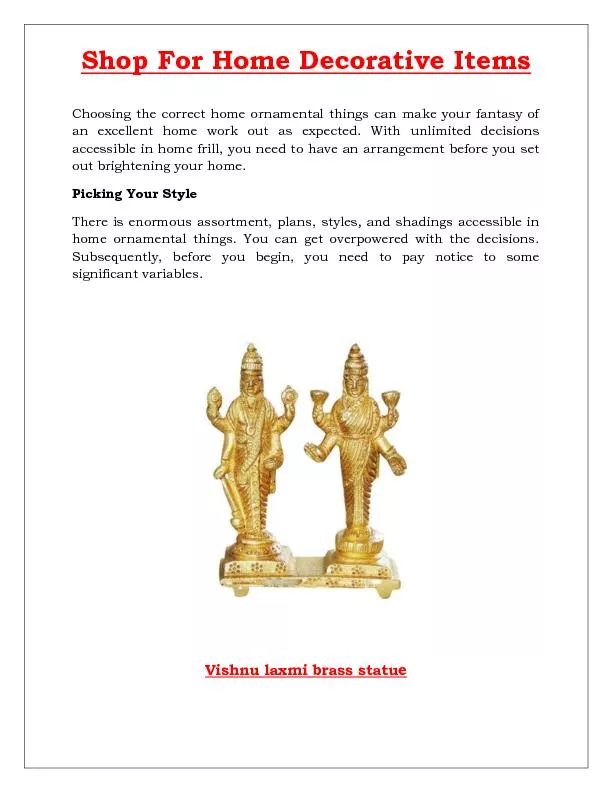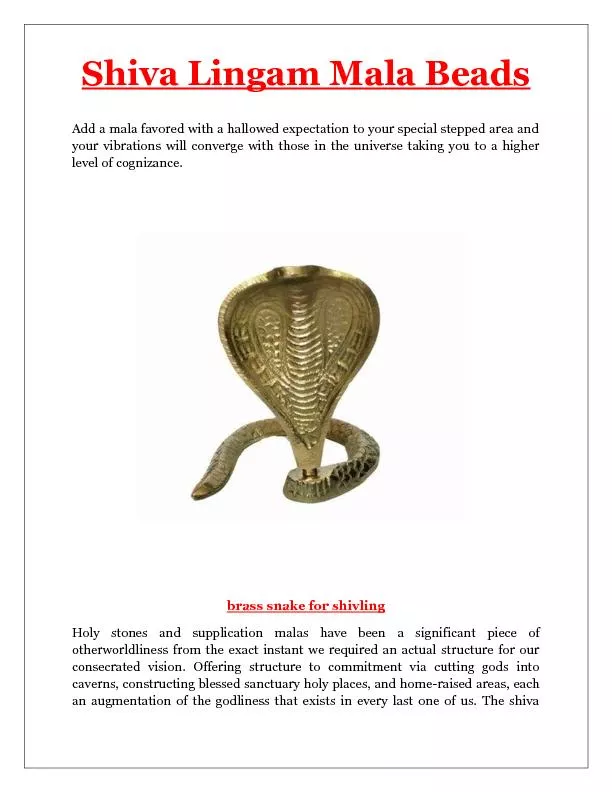PPT-Getting down to the Brass Tacks:
Author : phoebe-click | Published Date : 2016-07-25
HISTORY of Asia Africa amp Southwest Asia Europe Colonizes the World CAUSES OF EUROPEAN EXPLORATION Looking for new markets people to sell their manufactured good
Presentation Embed Code
Download Presentation
Download Presentation The PPT/PDF document "Getting down to the Brass Tacks:" is the property of its rightful owner. Permission is granted to download and print the materials on this website for personal, non-commercial use only, and to display it on your personal computer provided you do not modify the materials and that you retain all copyright notices contained in the materials. By downloading content from our website, you accept the terms of this agreement.
Getting down to the Brass Tacks:: Transcript
Download Rules Of Document
"Getting down to the Brass Tacks:"The content belongs to its owner. You may download and print it for personal use, without modification, and keep all copyright notices. By downloading, you agree to these terms.
Related Documents

